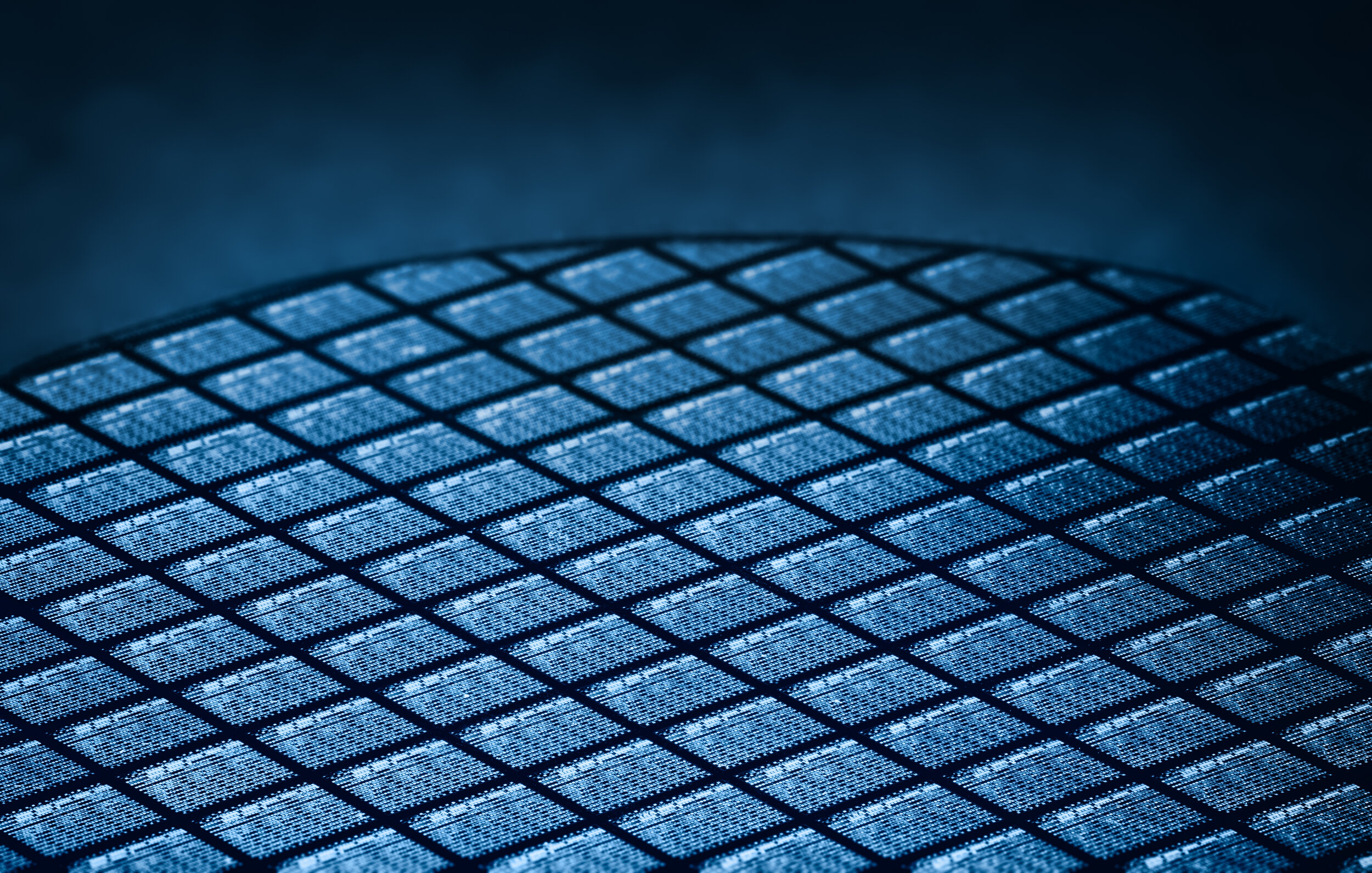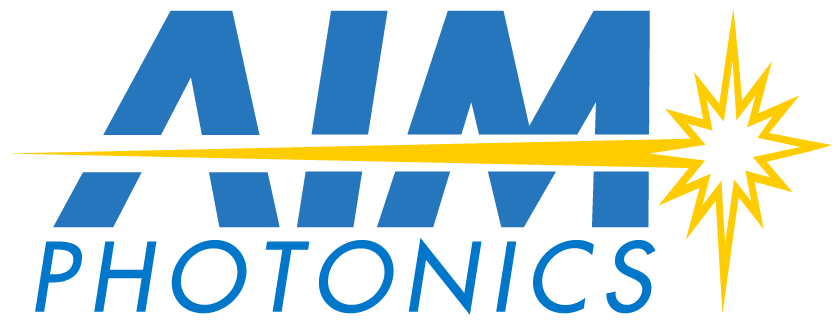
AIM PHOTONICS SUMMER ACADEMY COURSES
These instructor-led short courses are open to all AIM Photonics Summer Academy registrants. See the detailed schedule (available soon) for course dates and times.
A Roadmap to Integrated Photonics
A closing plenary presentation on the EPIC ecosystem as an evolving technology transition to high capacity optical interconnection and signal processing. Highlights from the 2020 IPSR-I roadmap release and the subsequent Technology Working Group studies are summarized, and a unified framework for career success in silicon photonics technology is presented.
Instructor: Lionel C. Kimerling
AIM Photonics Test, Assembly and Packaging
This presentation will provide an overview of the tool set and capabilities of the AIM Photonics Test, Assembly, and Packaging (TAP) facility in Rochester, NY. Examples of packaging process flows will be covered along with general design rules that should be followed for optimum success of final PIC assemblies.
Instructor: Christopher Striemer
AIM Photonics: Wafers to Chips, SiPh in a 300 mm CMOS Foundry
An overview of the technology offerings from AIM Photonics, including the different process technologies, supporting process design kits (PDKs), and the AIM Photonics multi-project wafer (MPW) program.
Instructor: Lewis Carpenter
Fabless PICs: Silicon Photonics Design Flow
Learn how to design a photonic chip for fabrication at a foundry. Specifically, how to use a Process Design Kit (PDK) and compact models to realize circuit simulations and a chip layout that is verified by a design rule check. The concepts will be applied with a walk through of the design of a Silicon Mach-Zehnder Electro-Optic Modulator.
Instructor: Stefan Preble
Integrated Photonics: Chip Process Flow
An introduction to the structure of a CMOS foundry process flow and the discipline required to achieve ~100% yield for each step. The short course identifies Process Integration constraints and provides a foundation for EPIC automated design, foundry fabrication and solutions for Design Team Challenges.
Instructor: Lionel C. Kimerling
Integrated Photonics for AI and Data Centers
Examine how photonic integrated circuits help meet the bandwidth, energy, and scalability demands of AI workloads and modern data centers. The short course will highlight key photonic strategies and co-design principles that enable next-generation computing systems.
Instructor: Alex Meng
Integrated Photonics for Sustainable Semiconductor Manufacturing
Co-packaged Optics (CPO) offers an enabling pathway for integrated photonics to not only enhance IC chip performance, but also open new opportunities to transform semiconductor device manufacturing and end-of-life management as a more environmentally sustainable process flow. The challenges to transform semiconductor manufacturing to more sustainable readiness will be examined from the perspectives of CPO technology development, industrial ecology assessment, and workforce reskilling.
Instructor: Anu Agarwal
Life Cycle Assessment
An introduction to Life Cycle Assessment (LCA) as a methodology to map the environmental and social impacts of semiconductor technology manufacture, consumption, and disposal. The full breadth of environmental LCA across the life cycle of select semiconductor applications will be examined, along with an introduction to social LCA and its analysis of the laptop computer supply chain. The concept of handprints will be introduced to examine how the producers and users of semiconductors can pursue net positive resource efficiency by simultaneously reducing their resource footprints and increasing their handprints.
Instructor: Greg Norris
PFAS in Semiconductor Industry: Uses, Challenges, and Road to Remediation
An introduction to multiple roles and impact of PFAS materials in semiconductor fabrication, with an emphasis on the unique properties of flourocompound materials and their processing history. Prospects for chemical substitution and high-efficiency detection, sequestration, and remediation within the semiconductor industry will be examined.
Instructors: Aristide Gumyusenge, Jesús Castro Esteban
PIC Active Devices
An introduction to active photonic devices for silicon photonics integration, including waveguide-coupled photodetectors, modulators, and lasers. This section will discuss important material and device design and fabrication principles, as well as recent progress in integrating active photonic components.
Instructor: Jifeng Liu
PIC Application: Datacom
An introduction to current data center and high-performance computing trends, with a particular emphasis on trends and requirements for machine learning and AI. We will then discuss how these trends and requirements translate into PIC device, link and system level considerations.
Instructor: Lionel C. Kimerling
PIC Application: Imaging
By enabling the integration of millions of micro-scale optical components on compact millimeter-scale computer chips, silicon photonics is positioned to enable next-generation optical technologies that facilitate revolutionary advances for numerous fields spanning science and engineering. An emerging class of silicon photonic systems is integrated optical phased arrays, which enable manipulation and dynamic control of free-space light in a compact form factor, at low costs, and in a non-mechanical way. As such, integrated optical phased arrays have emerged as a promising technology for many wide-reaching applications, including light detection and ranging (LiDAR) for autonomous vehicles, augmented-reality displays, and free-space optical communications. This talk will present recent advances in integrated optical phased array architectures, results, and applications.
Instructor: Jelena Notaros
PIC Application: Quantum & Neuromorphic Computing
This course covers two new topics in photonics that are just breaking their way into industry: quantum information and neuromorphic computing. Quantum information comprises quantum communication, quantum networking, quantum sensing — and of course quantum computing — and photonics may be on the verge of disrupting this nascent field. Photonic neuromorphic computing, i.e. using an optical chip to run and train deep neural networks, is also a promising application and has benefited greatly from the rapid scaling of CMOS photonics processes.
Instructors: Dirk Englund, Ryan Hamerly
PIC Application: Sensing
An introduction to different types of photonic sensors, with a particular focus on chemical and biological sensing. Interfacing the sensors with the outside world via microfluidics, and methods for making them specific via surface coatings of capture biomolecules and sorbent polymers, will also be discussed.
Instructor: Ben Miller
PIC Application: Wireless
This short course will introduce the fundamentals of RF-photonic systems, including key applications and components. It will cover important figures of merit and optimization strategies, and will analyze approaches to photonic RF signal processing. The course will conclude with a MIMO photonic RF system example currently being developed within the TERA6G project.
Instructor: Luis Gonzalez
PIC Fabrication: Process Variation & Design for Manufacturing
Silicon photonic devices and circuits can be impacted by fabrication process variations. In addition to learning how yield and/or performance can degrade due to such variations, design-for-manufacturability approaches that enable characterization, modeling, and robust design in the face of such variations will be covered.
Instructor: Duane Boning
PIC Optical Testing
This module goes in detail into the testing of PICs and the equipment needed. We will cover optical and optoelectronic testing and will discuss the importance of Design for Test: designing PICs to enable the testing needed to fully characterize a fabricated PIC.
Instructor: Jaime Cardenas
PIC Packaging
Introduction to IC packaging and the unique challenges of integrating photonics into a packaging flow. The key steps of the packaging process will be outlined (dicing, die bonding, wire bonding, bumping, fiber attachment) and the latest approaches for attaching optical fibers and lasers will be covered, along with the challenges and tradeoffs.
Instructor: Thomas Brown
PIC Passive Devices
An introduction to the fundamentals and design principles of passive photonic devices including waveguides, directional couplers, adiabatic mode transformers, grating couplers, resonators, and others.
Instructor: J.J. Hu
Resource and Waste Implications of Electronics Manufacturing and Use
An overview of major trends in consumer electronics consumption and waste generation and the implications these trends hold for issues surrounding materials extraction, production, use, and disposal. Particular emphasis will be on emerging technologies and their reliance on critical minerals, and shifting policy, design, and recycling systems to keep pace with evolving e-waste challenges.
Instructor: Callie Babbitt
Questions? Contact aimsummer@mit.edu
